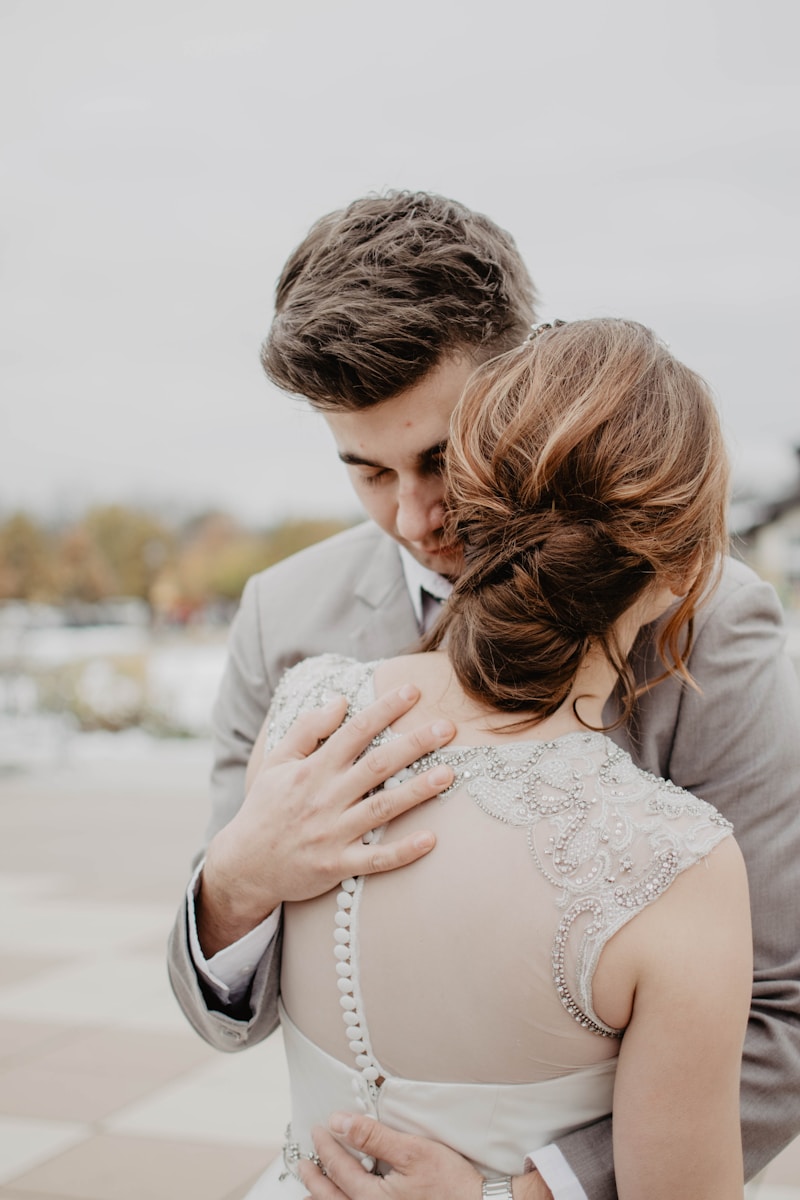Planning for Temperature Variations: Comfort in Wedding Attire
Weddings are significant events that come with a plethora of details to consider, from the venue to the guest list, and perhaps most importantly, the attire. One crucial factor that can often be overlooked is the temperature variations that can occur during the day of the wedding. This article will explore how to plan for these variations to ensure comfort in wedding attire, addressing questions frequently asked by couples and wedding planners alike.
The Importance of Temperature Considerations
When planning a wedding, the date, location, and time of day all greatly influence the temperature conditions. Factors such as the season and the geographical area can result in unexpected changes. For instance, a wedding held in a tropical destination may face sudden rain showers or fluctuating temperatures between day and night. Understanding these variables is essential in planning for temperature variations, allowing couples to select the most suitable attire for their special day.
Seasons and Temperature Fluctuations
Different seasons pose distinct challenges in terms of temperature management. Understanding how these fluctuations can affect wedding attire is vital for both the couple and their guests:
| Season | Temperature Range (°C) | Considerations |
| Spring | 10 - 20 | Layering is key; think light jackets. |
| Summer | 20 - 35 | Light fabrics ideal; stay hydrated. |
| Autumn | 10 - 20 | Warm colors; cozy shawls and wraps. |
| Winter | -5 - 10 | Heavier fabrics; consider indoor venues. |
This table summarizes how each season can greatly influence the attire choices for weddings. It's essential to consider these factors when planning for your big day.
Choosing the Right Fabrics
The choice of fabric plays a significant role in ensuring comfort regardless of the temperature. Each wedding attire fabric has its benefits and drawbacks depending on the weather conditions. Here are some popular selections:
- Cotton: Breathable and lightweight, perfect for summer weddings.
- Linen: A natural, breathable fabric that stays cool in warm weather but creases easily.
- Chiffon: Lightweight and flowy, ideal for any season but varies in warmth depending on layering.
- Velvet: A heavy fabric perfect for winter weddings, providing warmth and a luxurious aesthetic.
- Silk: Elegant and beautiful, silk can be used in various ways but can retain heat, making it less ideal for hot summer days.
Accessorizing for Comfort
Accessories can significantly enhance comfort in wedding attire, allowing for adjustments as temperatures fluctuate throughout the day. Here are some essential accessories to consider:
- Shawls and Wraps: Great for spring and autumn weddings where temperatures can dip.
- Lightweight Jackets: Perfect for outdoor evening receptions.
- Comfortable Shoes: Opt for shoes that provide comfort, especially for outdoor or longer ceremonies.
- Cooling Accessories: In summer, consider portable fans or cooling wipes to beat the heat.

Consider the Venue
The choice of venue can drastically affect temperature control. Here are some tips to keep in mind:
- Outdoor Venues: Plan for shaded areas or tent covers to protect guests from direct sunlight or unexpected rain.
- Indoor Venues: Ensure adequate climate control systems are in place, such as air conditioning or heating, depending on the season.
- Destination Weddings: Research average weather conditions for the location; consider the time of year and day for ceremonies.
Wearing Layers
Layering your attire can serve as a practical solution for both brides and grooms. Here are some ideas:
- Brides can incorporate a detachable train or bolero jacket that can be easily removed.
- Grooms can add or remove a vest or jacket based on the temperature.
- Guests, too, can wear breathable fabrics, but it's wise to pack a light sweater or wrap for unexpected cool evenings.
Final Thoughts: Comfort Above All
Planning for temperature variations is more than just a detail; it is essential for ensuring a comfortable and enjoyable experience on the big day. By carefully considering the season, venue, suitability of fabrics, and the overall attire selection, couples can navigate temperature fluctuations without compromising on style. It is advisable to communicate with vendors regarding heating and cooling solutions for venues, encourage guests to dress appropriately, and provide information about weather forecasts leading up to the event.
As you embark on this exciting journey, remember to embrace the unique aspects of your wedding day while ensuring that comfort remains a priority. This attention to detail will not only enhance your experience but leave a lasting impression on your guests. For more unique questions related to wedding attire and planning, feel free to explore various resources available to couples!